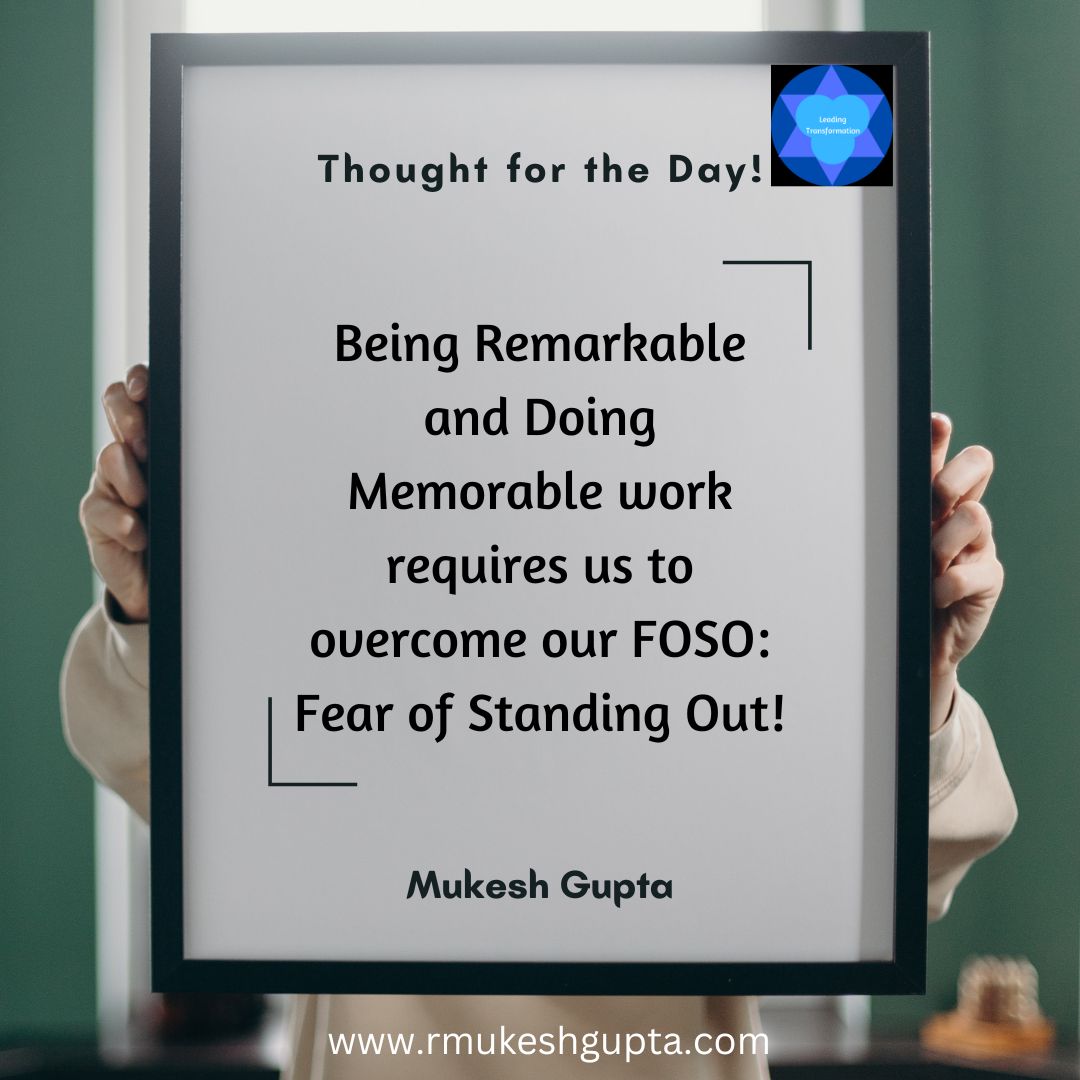In May this year, Better Place, an auto tech company filed for bankruptcy, burning close to a billion dollars. They had a brilliant solution to a complex problem.
Their idea was to replace fossil fuels with batteries – literally. What this meant was that as you re-fuel your cars with gasoline, you could get your batteries changed at a fuel station. This was in stark contrast to all the other start-ups in this space, who have been working on increasing the range of their batteries to go longer distances or increase the speed at which one could charge the batteries on-the-go.
There has been enough written about their strategy and why it did not work. Some of the reasons that have been proposed for the failure of the business model are:
- The most important cause was the fact that the very need to create a network of fuel stations where battery could be switched was very expensive and was a pre-requisite to start acquiring customers.
- They got too ambitious by expanding to other markets even before they won in their home market (Israel).
- They were not able to offer choice of different car models to their customers, which was a mistake.
However, no one has written about what would have given them a fighting chance at success.
I would like to stick my neck out and outline what I would have done if I were running the company.
I think that the business model that they were pursuing was and is still a great model. This ensures that the behavior of the end customer does not change and with the improving quality of batteries, my cost over time would reduce while my revenue would continue to increase, which is a perfect situation to be in.
One of the most important lessons that we can learn from this exercise is that the choice of your initial market is the most important decision you have to make. The choice of markets (Australia, California, Canada, Denmark, Hawaii and Israel) in this case was a mistake.
If I were in their position, I would have chosen a city based approach rather than pick a country as a market. I would have also chosen a city in densely populated area where, the populations do not generally drive very far (thus reducing the number of switching stations necessary to serve the market.
I would have franchised these switching stations (just like Shell or other Oil players do, mostly to the same franchisees) and signed a revenue sharing agreement with them, thereby eliminating a lot of cost in creating a network of switching station. Also, this would have been much faster and would have provided the momentum to the start-up.
Instead of trying to get Auto manufacturers on-board as a partner, I would have signed-up with them as a customer. I would have co-designed a few models along with the auto manufacturers and placed an order for these cars, thereby eliminating the risk for them, thereby creating choice for the customers.
Once the auto companies have made the models, adding or improving them is not much cost or effort and would lead to them developing more models by themselves (if the initial model was successful in the market).
I would then lease or if possible rent these models (co-branded with the auto manufacturers) on a rental based on either the kilometers driven or for every battery being replaced. This makes it more attractive for a customer to rent a car than to buy it (capex to opex).
This would have allowed me to win one city at a time and then expand to an ever larger network. Once the concept is validated in a few cities, I would then scale like hell and create a network (again franchised) across a nation. If the revenue sharing is fair for the franchisees, it would be easy to create a nationwide network.
This would have allowed me to iterate and learn about the operational challenge and find answers to these challenges with the least risk exposure and perfect the model to enable fast scale.
This would have also reduced my total cash burn and given the start-up a longer play in the market.
I believe 6 years is too long a time to prove your concept, which led to Nissan moving out and others not too keen. The key in this case was the inability to win a single market that led to the fall-out of the business model.
Also, I think that one of the key aspects of business model innovation is the velocity with which you are able to execute and validate your business model in the market, failing which you will find ever increasing resistance from the ecosystem and inertia will kill the project.
What would you have done differently if you were the CEO of Better Place? Do you think that someone should still pursue the business model that they were pursuing?
Let me know your thoughts by commenting below or tweeting to me at @rmukeshgupta.




4 thoughts on “Lessons from a Failed (Billion Dollar) Business Model Innovation Attempt”
I would have tested the business model with Steve Blank’s customer development process and Eric Ries’ Lean Start-up principles. However great a business model on paper, the only judge of it is your future customer…
Thanks for responding to my request Alex. I completely agree with the approach. I also think that the approach I have outlined is also inspired by Lean Start-up. I am not aware of Steve Blank’s Customer Development Process, which I will surely look-up.
Thanks again for taking time and responding to my request. And a bigger thanks for the work that you are doing with the BUsiness MOdel Innovation.
Great post, keep up with the hard work, you’re carrying it out right!
Comments are closed.